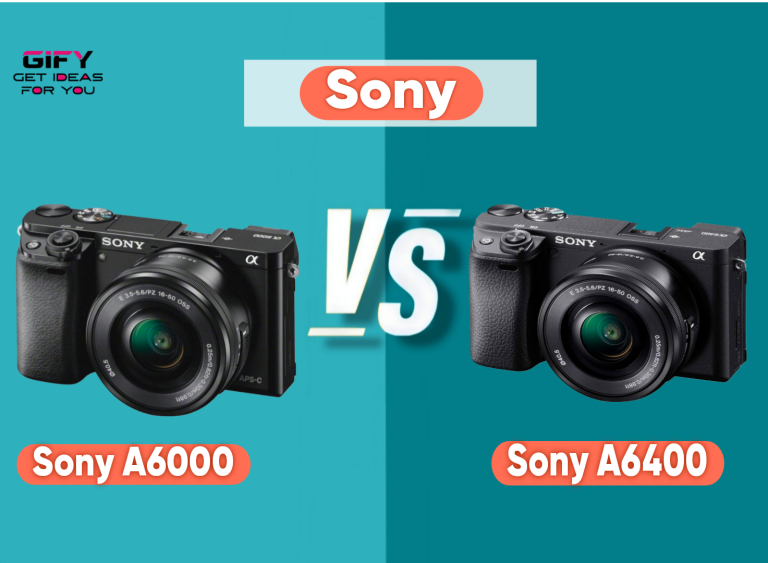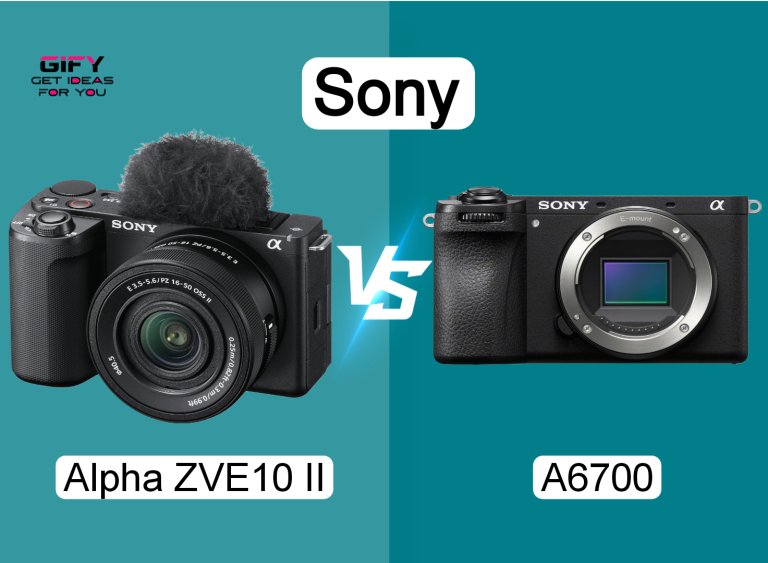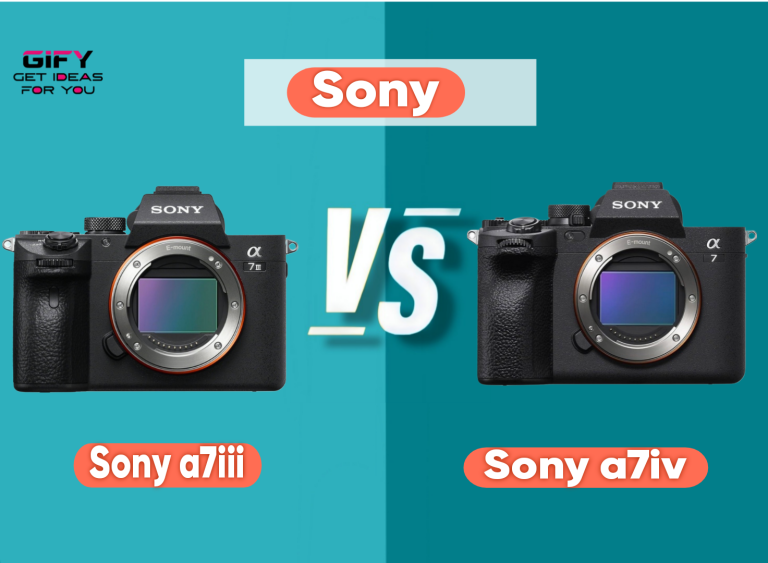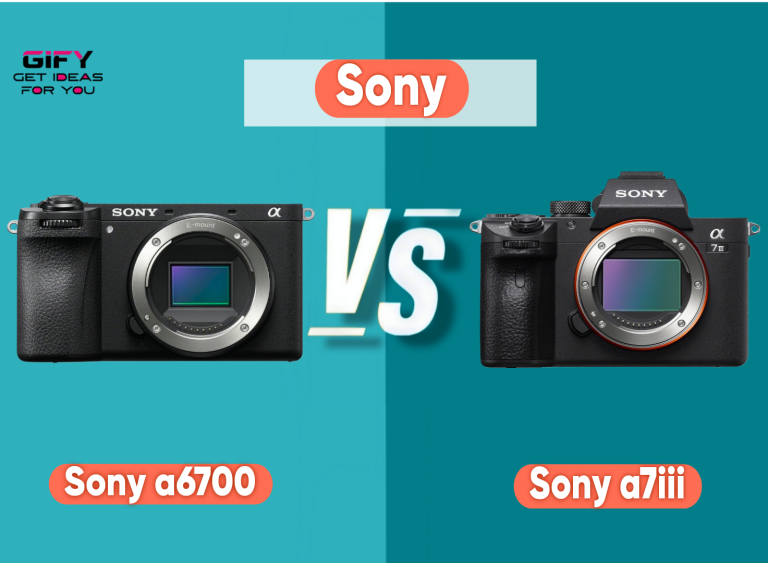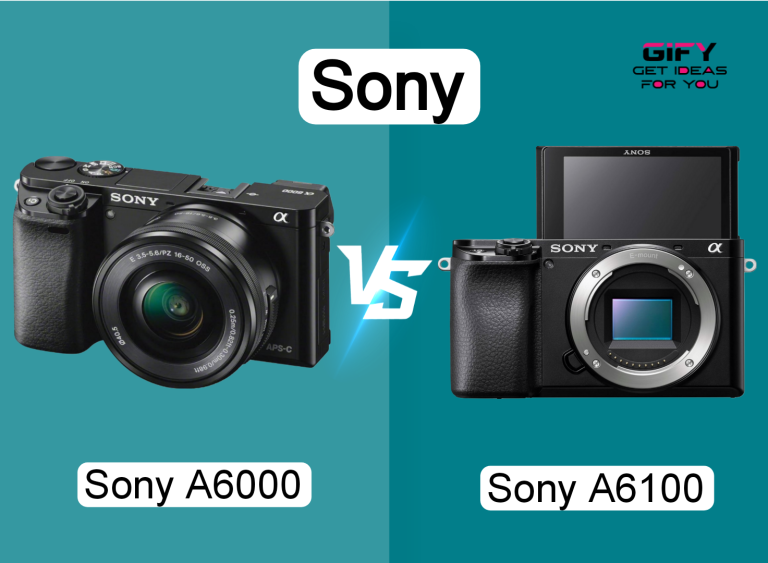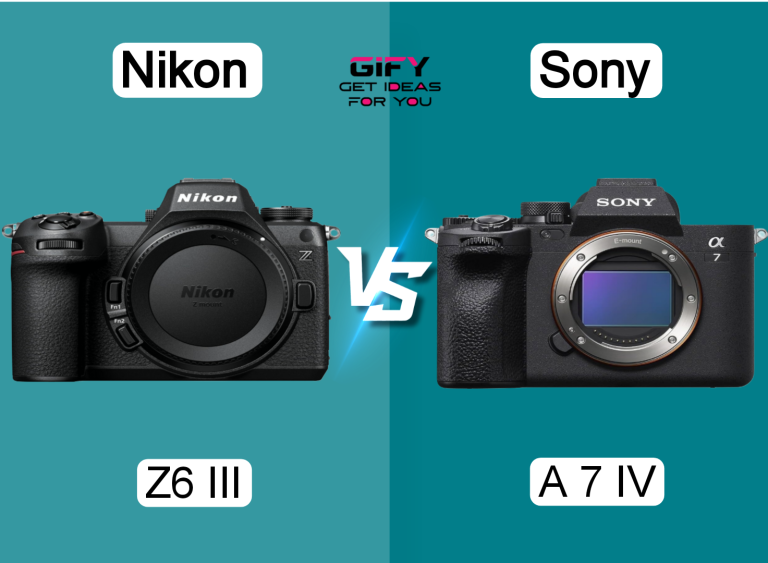Canon g7x vs Sony rx100Canon : G7 X Mark III targets vloggers and everyday shooters. It ships with a battery, charger, strap, bag, and 64GB card. That kit helps you start fast. The camera fits a pocket. The screen flips up for selfies and vlogs.
Quick Comparison Table

| Feature | Canon G7 X | Sony RX100 |
|---|---|---|
| Autofocus speed |
0.05 s
|
0.02 s ✅
|
| Lens range (35mm equiv) |
24–100 mm
|
24–200 mm ✅
|
| Viewfinder |
No (LCD)
Good for vlogs
|
Built-in EVF ✅
Better for bright light
|
| Screen |
Flip-up touchscreen ✅
Easy for selfie video
|
Tilting screen
Good but less selfie-friendly
|
| Video features |
4K, mic in
No S-Log, simple workflow
|
4K, S-Log3, stabilization ✅
More pro options
|
| Battery life (shots) |
~265 shots ✅
|
~220 shots
|
| Weight |
~304 g
|
~302 g ✅
|
Canon G7 X Mark III — Overview
Canon G7 X Mark III offers great image quality in a small body. It uses a 20.1MP sensor and a bright lens.
The set includes a bag and 64GB card. The flip-up touchscreen helps vloggers and selfie shooters. A microphone input gives better audio than many compacts.
Autofocus is fast enough for kids and pets. The camera feels friendly for new users. Built-in Wi-Fi and Bluetooth speed up sharing. The camera comes with a charger and spare battery items. That makes travel easier.
Pros
- Bright lens for low light
- Flip-up touchscreen for vlogs
- Includes battery, charger, bag, 64GB card
Cons
- No built-in viewfinder
- No log profile for pro video
- Smaller zoom range
Key feature summary
20.1MP sensor, 24–100mm lens, flip-up touchscreen, 4K video, microphone input, Wi-Fi & Bluetooth, kit includes battery and 64GB card.
Sony RX100 — Overview
Sony RX100 packs a 1.0-type stacked CMOS sensor and a Zeiss zoom. It focuses very fast with phase and contrast AF. The camera can shoot up to 20 fps with no blackout. It also records advanced video with S-Log3 and interval shooting.
Eye AF works for people and animals. AI tracking helps with moving subjects. The camera adds an electronic viewfinder. That helps in bright sun. It suits travelers who need zoom and speed in one small body.
Pros
- Longer zoom (24–200mm)
- Very fast autofocus and 20 fps shooting
- Built-in EVF and pro video options
Cons
- Screen not fully selfie-friendly
- Battery life is modest
- Complex menu for new users
Key feature summary
20.1MP 1.0-type stacked sensor, Zeiss 24–200mm lens, 357-phase AF points, 425 contrast AF points, 20 fps, 4K S-Log3, built-in EVF.
Feature-by-Feature Comparison
Autofocus
Autofocus matters for action and candid shots. Sony RX100 wins for raw speed. It offers 357-phase points and 425 contrast points. Eye AF works in real time. That helps with faces and pets.
Canon G7 X focuses fast for everyday use. The system locks on quickly in good light. Canon handles quick kids and pets well. It may trail Sony in low light or fast tracking.
Tip
Use continuous AF with Sony for moving subjects. Use single AF for portraits on Canon to get a stable lock.
Lens
Sony delivers a longer reach with a 24–200mm zoom. That helps travel and wildlife at a distance. The aperture varies from f/2.8 to f/4.5 across the range. The lens keeps good sharpness across the frame.
Canon relies on a brighter lens at the wide end. The 24–100mm equivalent has a large aperture for low light. That helps portraits and shallow depth looks. The shorter zoom trades reach for brightness.
Warning ☠️
Expect the Sony to be slightly slower at wide apertures at long zoom. Use a tripod for low light tele shots.
Viewfinder
Sony RX100 includes a built-in EVF. That helps frame in bright sun and when you need precision. The EVF pops up when you need it and stays flush when you do not.
Canon G7 X does not have a built-in viewfinder. The large LCD works well indoors and for vlogs. The lack of EVF makes bright daylight shooting harder.
Screen
Canon uses a flip-up touchscreen. That helps selfie video and vlogging. The touchscreen simplifies menu navigation and focus selection.
Sony uses a tilting screen. It is versatile for waist-level shots and low angles. It does not flip fully forward for stable selfie framing.
Video
Both record 4K video. Canon offers a friendly workflow and a mic input for better audio. It suits vloggers who want a simple path to upload.
Sony adds S-Log3 for color grading and active mode stabilization in 4K. The RX100 gives pros more control for color and motion. The learning curve is higher for grading and profiles.
User Experience
Canon feels easy for new shooters. Menus are clear and the touchscreen helps. The bundled accessories reduce the need for immediate extras.
Sony feels geared toward experienced users. Menus offer many options and custom buttons. The result rewards those who learn the system.
Canon G7 X — Detailed Review
We tested the camera for travel, family moments, and short vlogs. The body fits in a coat pocket. The weight stays low during long days. The grip is small but secure.
Photos look clean and detailed from the 20.1MP sensor. Jpegs show nice color straight out of camera. Low light shots keep usable detail thanks to the bright lens. Noise rises at high ISO yet remains manageable.
4K video works well for short clips. The flip-up screen helps face framing. The microphone jack delivers clear audio when you add an external mic. Autofocus is quick in good light. It can hunt in dim scenes.
Battery life covers a day of casual shots at about 265 images. Carry a spare for long shoots. The camera pairs quickly with Canon Camera Connect for phone transfers. That speeds social uploads.
Insight
The included 64GB card and extra accessories make this camera a ready-to-go kit. That reduces immediate spending.
Caution
Do not expect pro video profiles. Color grading options remain limited compared to log profiles.
Overall, the G7 X feels like a comfortable compact for vloggers and everyday shooters. It balances image quality and ease of use. The kit items add strong practical value for travelers.
Sony RX100 — Detailed Review
We used the Sony for travel and action shots. The zoom range proved handy for distant scenes. The camera handled quick AF transitions with little lag. Eye AF tracked faces while walking.
Image quality from the 1.0-type stacked sensor impressed. It delivers strong detail and quick readout. The stacked design helps burst rates and reduces rolling shutter. Shooting at 20 fps feels instantaneous.
Video features suit those who want a pro workflow. S-Log3 adds latitude for grading. Active stabilization helps handheld 4K. The microphone input supports better audio. Vertical position data recording suits social clips.
Insight
AI real-time tracking and animal eye AF expand subject options for wildlife and pets. Use these in continuous AF mode for best results.
Caution
Menus can overwhelm first-time users. Expect a learning curve to unlock advanced features.
Overall, the RX100 favors photographers who want reach and speed without carrying a large kit. It packs advanced tools for creators willing to learn finer controls.
Ratings Summary
| Category | Canon G7 X | Sony RX100 |
|---|---|---|
| Performance ⚡ |
82%
82%
|
94%
94%
|
| Design 🎡 |
86%
86%
|
88%
88%
|
| Battery 🔋 |
78%
78%
|
68%
68%
|
| Value 💰 |
88%
88%
|
84%
84%
|
Panasonic HC-V180K vs Sony HDR-CX405: The Ultimate Camcorder Showdown.
FAQs : Canon g7x vs Sony rx100
Q1: Which camera is better for vlogging?
The Canon G7 X suits vloggers better. It has a flip-up touchscreen and a mic input. The kit also includes a large memory card and charger. The setup streamlines quick vlogs and uploads.
Q2: Which camera has better autofocus?
The Sony RX100 offers faster AF and advanced tracking. It uses phase-detection AF and real-time eye tracking for people and animals. That makes it stronger for fast action and wildlife.
Q3: Can I use these for pro video?
Sony offers S-Log3 and more control for professional work. Canon records clean 4K and is simpler. Choose Sony for grading and Canon for quick uploads.
Q4: Which is better for travel?
Both work well for travel. Choose Sony for reach and flexibility. Choose Canon for low-light scenes and vlogging ease.
Q5: Are accessories included?
The Canon G7 X kit lists a battery, charger, wrist strap, shoulder bag, and 64GB card. The Sony package varies by seller and often ships body-only.
Final Verdict
Sony RX100 wins for speed, autofocus, and zoom range. It suits photographers who want flexibility and pro features in a travel-sized camera. The built-in EVF and S-Log3 offer tools that grow with your skills.
Canon G7 X Mark III wins for vlogging, ease of use, and starter kit value. It fits creators who want a simple workflow and better low-light aperture. The included accessories make the initial setup less costly.
Most buyers will prefer the Sony RX100 if they value performance and reach. Choose the Canon G7 X if you prioritize video selfie work and a ready-to-shoot kit. Both cameras deliver high image quality from small bodies.
Consultation
Check current prices and bundles for both cameras before you buy. Look at sample photos and video clips to confirm the look you prefer.



